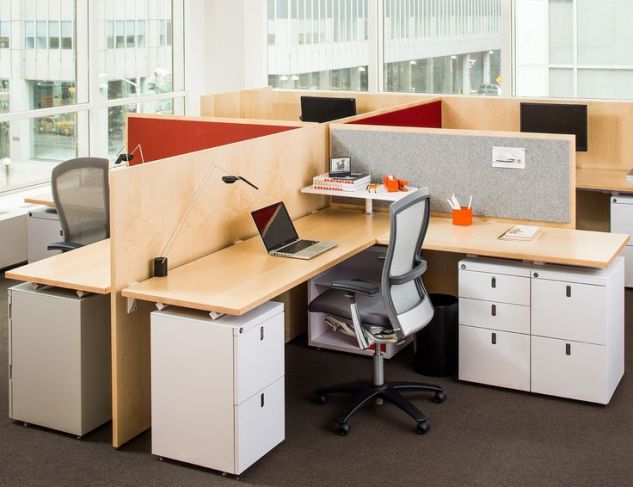Despite myths and common perception, millennials are a hardworking generation. Still, their definition of hard work and their attitudes are significantly different from generations before. This is no surprise given that this generation came of age during the explosion of digital technology.
Millennials simply feel that it’s quite reasonable to expect to get what they want exactly how, when and where they want it; a result of the massive enablement that technology has brought to society.
This generation just won’t take ‘no’ for an answer both in their personal and working lives.Speaking of work lives, millennials don’t see a definite separation between the Mon-Fri 9-5 routine and their personal lives. Instead, they see life as a rich blend of experiences and are deftly able to move between work and play. Thus, offices designed for the future are openly embracing mobile, social and cloud technology to offer millennials the ‘seamless’ work environment they desire. Offices are being positively disrupted through digitization, artificial intelligence, the Internet of Things and robotic process automation. Thus, the workplace is changing dramatically and this change is being driven by millennials.
We’ve put together 5 important ways that we feel millennials are massively changing the workplace and these 5 things could become the norm within a couple of years. Some of these things aren’t entirely new concepts but it’s only with the advent of new technology that they’ve become easily achievable goals for almost any workplace.
1. The Chief Happiness Officer
 Millennials are simply not happy with one size fits all environments and constantly look for unique workspaces. This generation is constantly searching for new experiences and expects their workplace to provide them with options that make them feel good. This is where a CHO comes in and can provide more than just a feel good experience. CHOs can promote employee contentment, reduce turnover costs, spur innovation and boost productivity.
Millennials are simply not happy with one size fits all environments and constantly look for unique workspaces. This generation is constantly searching for new experiences and expects their workplace to provide them with options that make them feel good. This is where a CHO comes in and can provide more than just a feel good experience. CHOs can promote employee contentment, reduce turnover costs, spur innovation and boost productivity.
2. More Hipster Coffee Bar, Less Cubicle

The look and feel of offices are changing. Future – friendly office spaces are much more social and, instead of cutting people off from each other, inspire them to mix, meet and chat over a delicious coffee or even something stronger. But this is not a distraction, it’s how innovation happens.
3. All Companies Will Be Like Tech Companies

Tech companies introduced many trends such as informal office spaces and the idea of telecommuting. Going forward, any sector can benefit from embracing workplace tech trends that improve productivity.
4. Hello, Robot

Soon, your co-worker could be a robot and that’s not a bad thing. As we have seen in the past, many human roles will remain vital but the introduction of robots can create new, better roles for humans and increase efficiency overall.
5. Hyper-Personalized, Intuitive Workspaces

Millennials are all about personalization and will go to great lengths to personalize their workspaces. In the very near future, this will likely become even more enhanced with cognitive computing and AI being able to anticipate and produce each worker’s ideal environment from temperature to lighting and music. Digital transformation, driven by millennials, is completely reinventing the traditional office on every level. The kind of workplace that this generation yearns for is slowly taking shape and it’s not just millennials who are benefitting from this change. The new, future-friendly office is a place that anyone, from any generation can appreciate and enjoy.
In fact, it’s probably what everyone wanted in the first place, but it will be millennials who will be remembered as the generation who simply wouldn’t take no for an answer until they got what they wanted!








